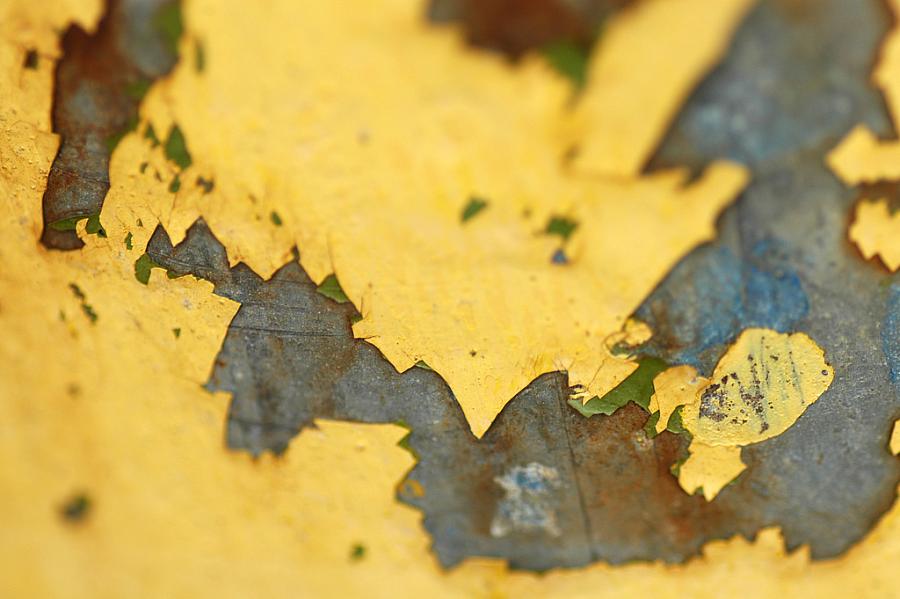Interns for the Win: Kaitlyn Ridel and Her Big USA Today Lead Poisoning Story

It's great to be 22 years old and get an investigative reporting internship with USA Today. It's even better when your very first assignment lands you on the front page with an important story about lead poisoning.
"Thousands of U.S. children with dangerous amounts of lead in their blood may go unassisted this year because local health departments can't afford to monitor them, a survey of major cities by USA TODAY shows," wrote Kaitlyn Ridel, who's finishing up her studies at the University of Dayton.

In developing the story, Ridel connected two grim developments: In May, CDC lowered its threshold at which children under 6 are considered at risk for lead poisoning from 10 micrograms per deciliter to five. That meant that public health departments should be testing and treating children with lead levels above five micrograms.
But the CDC's lead poisoning prevention budget for public health departments had been slashed by about 94 percent.
That left public health departments with a much bigger caseload – up to 442,000 children nationwide – even as their grants for lead poisoning prevention were cut or eliminated. So how were the departments faring?
Not well, it turns out. As Ridel wrote:
• Only one city, Portland, Ore., does automatic home inspections to determine the source of a child's lead poisoning at the CDC's new poisoning level of 5.
• Twenty departments only offer home inspections at blood lead levels above 10, the old standard set in 1991, and a few do so at 20 or higher.
• Health departments in 14 cities say they have the funds for automatic educational outreach such as mailing information to families of children at the new action level. This means families in about one third of the cities might never receive educational assistance for children meeting the new standard. One city surveyed, St. Louis, sends educational material to families with children with levels of 1 or above.
"One thing I learned is that these CDC lead prevention funds that were cut were used for tracking hot spots where children with lead poisoning are reappearing," Ridel told me in a phone conversation. "When this funding is cut, how are you going to know where the lead poisoning is in the future? It was a little bit scary."
The public health officials Ridel interviewed "seemed frustrated," she said. "They were nervous about how they were going to be able to track these children."
Ridel said she built on the work of USA Today reporter Alison Young, whose "Ghost Factory" investigation had examined high levels of lead in children living near lead smelters, where the toxic heavy metal had leached into soil, andwho had reported on the CDC's decision to lower the lead poisoning threshold.
There's so much more here for local journalists and health advocates to explore in their own communities.
Ridel suggests that reporters check in with their local public health departments and ask them about how their lead poisoning prevention programs are changing. Are they running out of money? Have they cut staff? Are they still medically monitoring children at risk? Some departments have HUD grants to clean up lead-tainted buildings, Ridel noted, but those grants are restricted to remediation and not treating already-exposed children.
"There are a lot of victims – children first and foremost, the (public health) workers who could be laid off, the families who could have lead in their homes," Ridel said.
Related Content:
Pesticides and Parkinson's: Covering Environmental Health in Your Community
Employing Human Testing to Tell Stories about Environmental Health Risk
The Incredible Shrinking Public Health Workforce
Photo credit: Abby Lanes via Flickr

